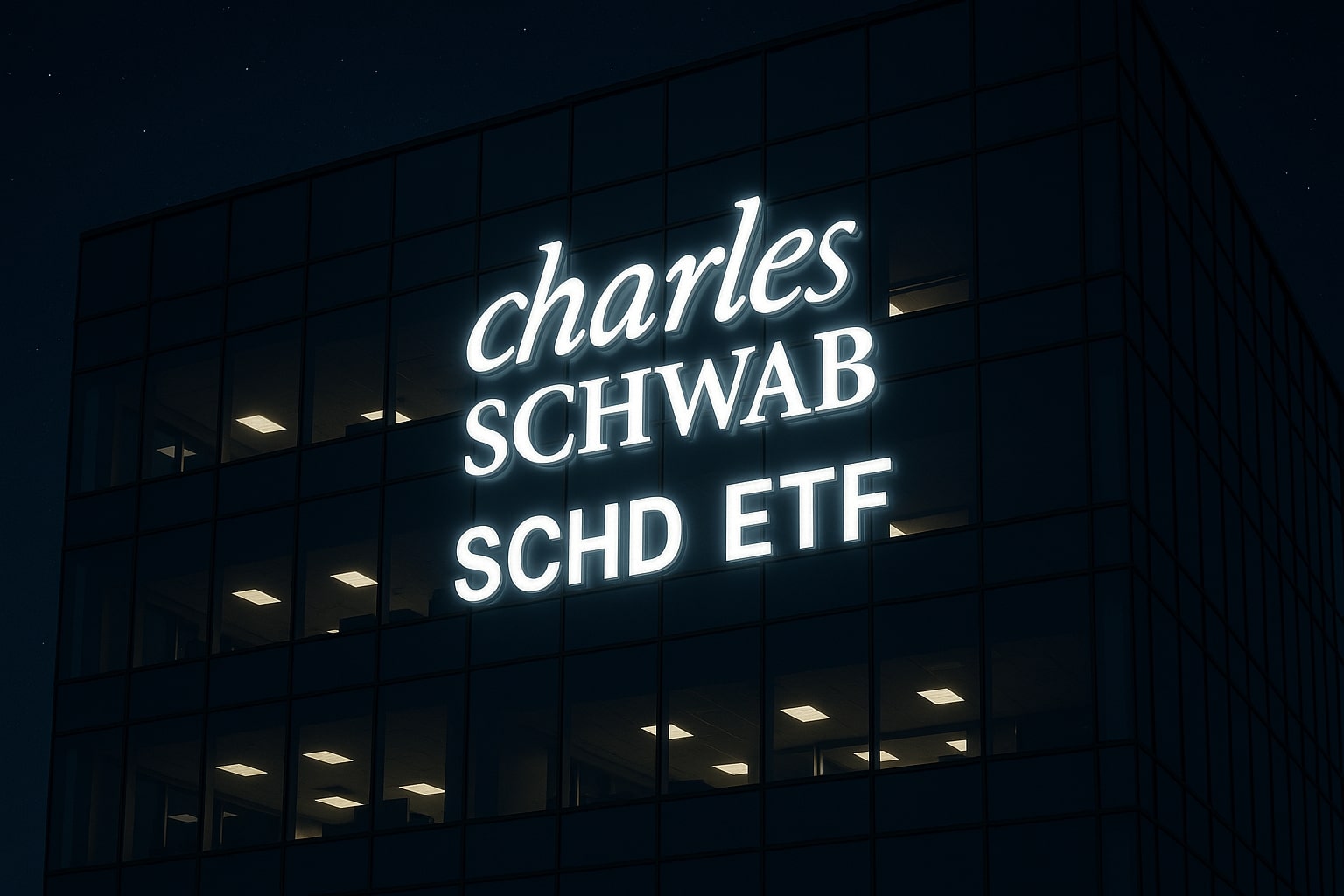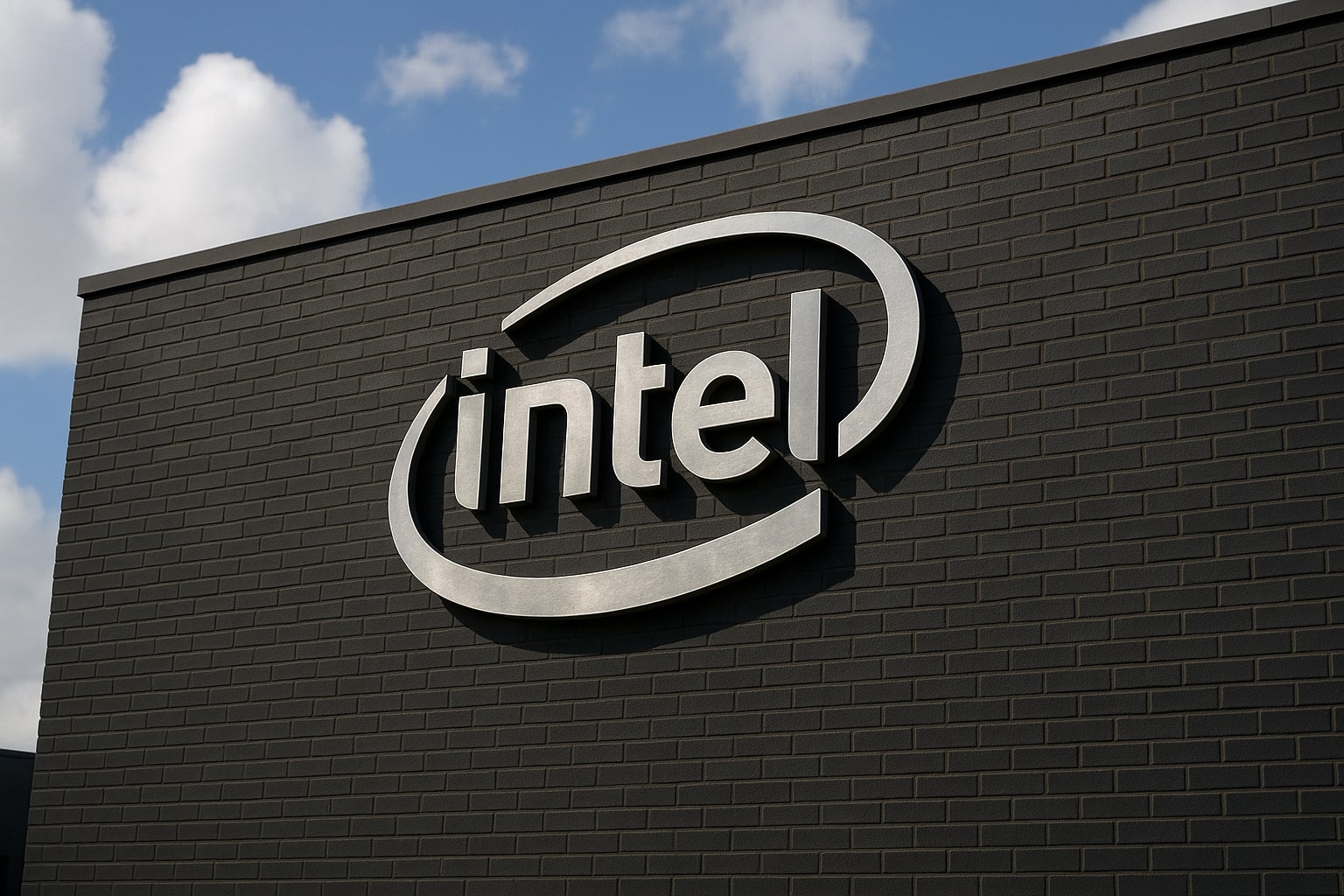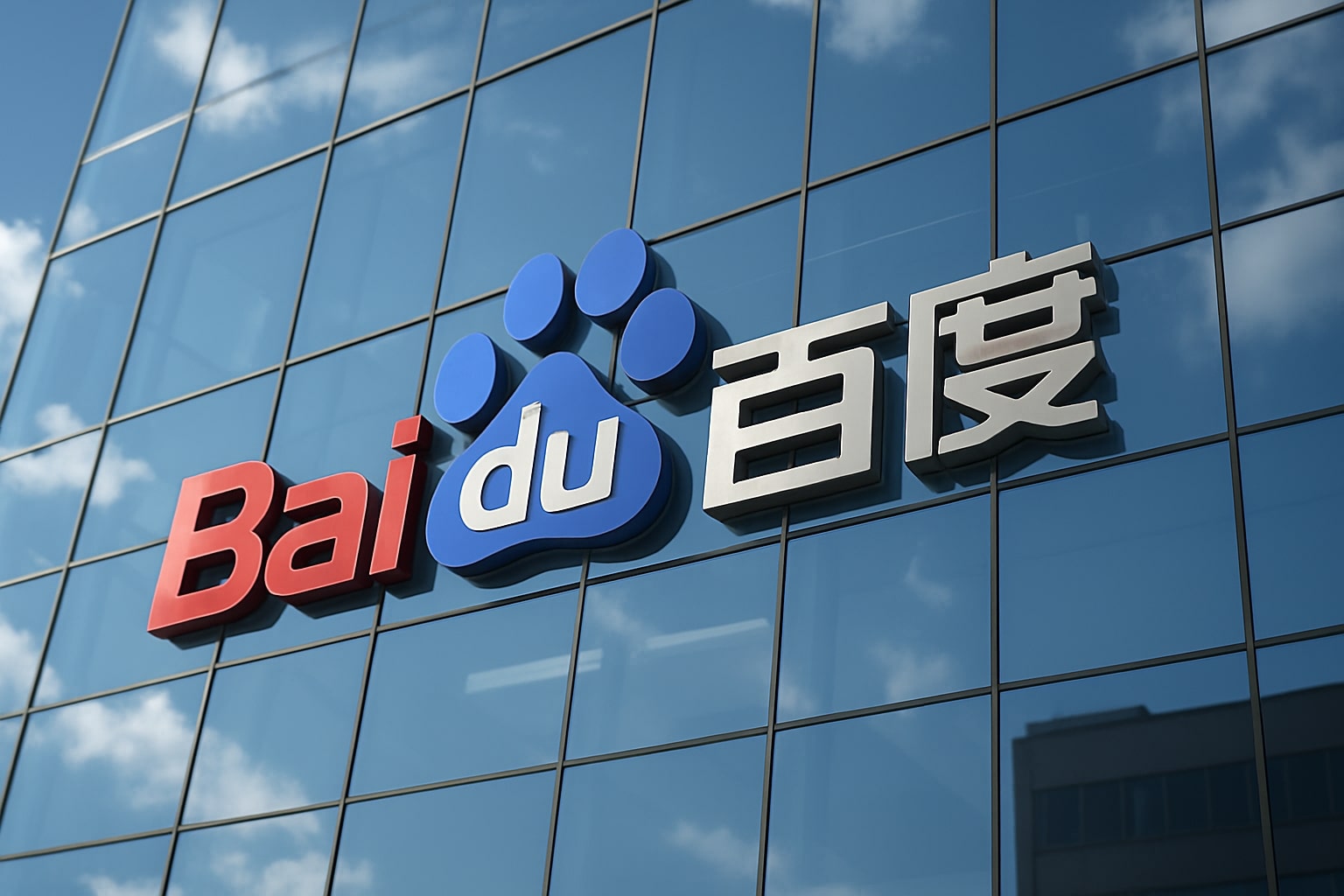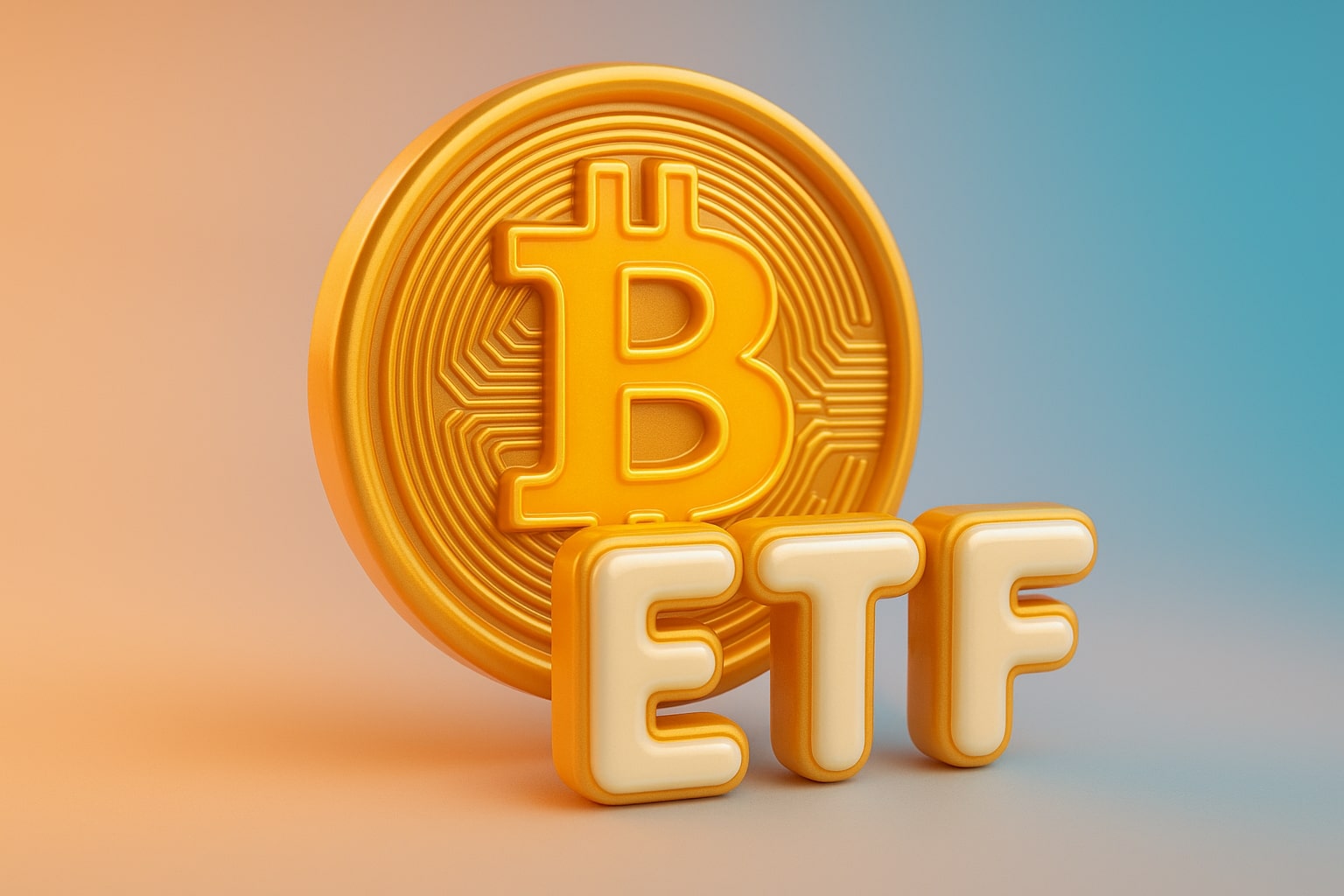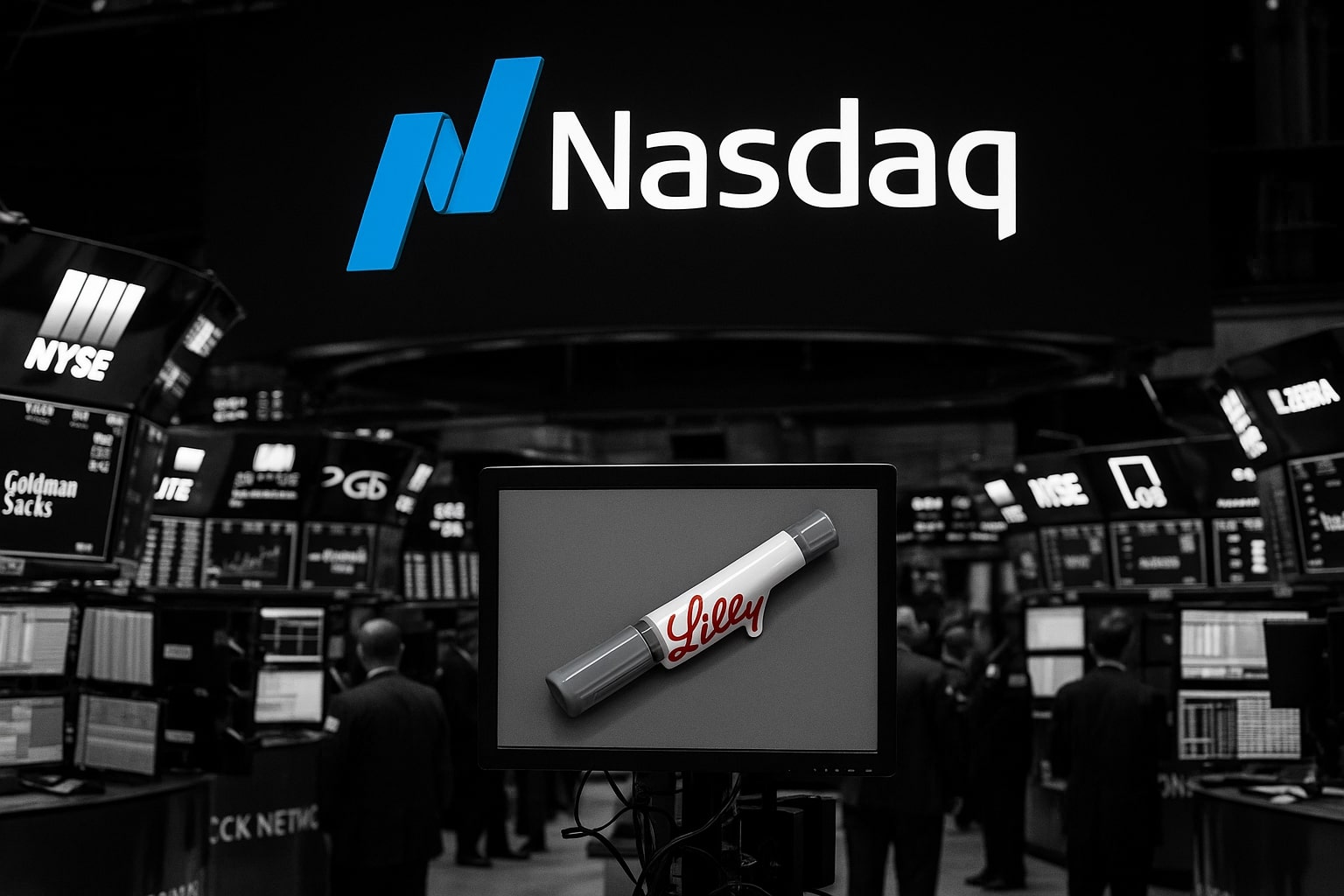
Stock Market Today - Dow Gains 295 Points, Nasdaq Drops 1.12% as Meta Crashes 11% and Eli Lilly Stock (LLY) Surges 4%
Wall Street rotated from Big Tech into value stocks as Meta’s AI costs and Microsoft’s outlook hit Nasdaq. The Dow outperformed on gains from Goldman Sachs, JPMorgan, and Eli Lilly’s 4% rally after raising its full-year forecast | That's TradingNEWS
Dow Rises as Tech Slides and Investors Rotate to Value
U.S. equities moved in stark contrast Thursday, revealing a deep market rotation from megacap technology toward cyclical and value names. The Dow Jones Industrial Average (DJIA) surged 295 points, or 0.6%, to 47,847.13, lifted by legacy heavyweights Goldman Sachs (NYSE:GS), Visa (NYSE:V), Caterpillar (NYSE:CAT), and JPMorgan (NYSE:JPM). In contrast, the S&P 500 (INDEXSP:SPX) slipped 0.3% to 6,856.23, and the Nasdaq Composite (INDEXNASDAQ:IXIC) plunged 0.9% to 23,689.67, dragged lower by steep losses across the “Magnificent Seven.” The selloff underscored investors’ growing caution toward Big Tech’s escalating capital expenditure and its implications for margins amid slower earnings growth.
Meta and Microsoft Losses Hammer Nasdaq
The heaviest pressure came from Meta Platforms (NASDAQ:META), which collapsed 11.16% to $667.80 after CEO Mark Zuckerberg confirmed that AI infrastructure spending would increase aggressively. Meta also announced plans for a $25 billion multi-part bond sale, signaling intensified investment in data centers and AI models, but sparking fears of overextension. Microsoft (NASDAQ:MSFT) slid 3%, extending post-earnings losses despite beating top-line expectations, as CFO Amy Hood forecast accelerated capital spending through the fiscal year. The broader concern across tech was that while AI adoption is growing, the cost of maintaining leadership in the space is rising even faster, compressing cash flow expectations for 2026–2027.
Alphabet Defies the Trend With Strong Earnings Beat
In contrast, Alphabet (NASDAQ:GOOGL) bucked the tech rout, gaining nearly 5% after reporting quarterly revenue above $102.35 billion, driven by a robust rebound in Google Cloud and YouTube advertising. Adjusted earnings came in at $3.10 per share, far exceeding the $2.33 consensus. Alphabet’s disciplined approach to AI investment, coupled with its diversified revenue base, helped it outperform its peers in a volatile session. Its share of the S&P 500’s total market capitalization, now part of the 38% weighting attributed to the Magnificent Seven, continues to highlight the dominance of a few tech titans in shaping U.S. market direction.
Eli Lilly Extends Its Rally on Explosive Drug Demand
Healthcare joined the market’s leadership, led by Eli Lilly (NYSE:LLY), which jumped 4.05% to $846.45 following a strong quarterly beat. Revenue soared to $63–$63.5 billion guidance range, up from $60–$62 billion, as demand for blockbuster treatments Mounjaro and Zepbound exceeded projections. Adjusted earnings were revised upward to $23–$23.70 per share, reflecting strong sales momentum and margin resilience despite ongoing political scrutiny over pharmaceutical pricing. Eli Lilly’s weight-loss franchise continues to anchor its valuation premium, with analysts projecting sustained growth into 2026 as global obesity treatment demand accelerates.
Chipotle Suffers Worst Collapse Since 2012
The restaurant sector saw a stunning reversal, with Chipotle Mexican Grill (NYSE:CMG) plunging 17% to $33.66, its worst single-day decline in more than a decade. The burrito chain’s quarterly revenue missed forecasts at $3.00 billion versus $3.06 billion expected, and its same-store sales forecast was cut for the third straight quarter. Management now expects low-single-digit declines for fiscal 2025, citing a sharp drop in visits from younger diners aged 25–35, a demographic once seen as its growth core. The trend highlights pressure on consumer discretionary spending and signals growing sensitivity to inflation among middle-income cohorts.
Trump–Xi Truce Lifts Industrial and Agricultural Stocks
On the geopolitical front, markets digested a tentative U.S.–China trade truce following the meeting between President Donald Trump and President Xi Jinping in Busan. The U.S. agreed to cut fentanyl-related tariffs to 10%, reducing total Chinese import levies to 47% from 57%, while Beijing pledged to purchase 12 million tons of U.S. soybeans this season and 25 million tons annually for the next three years. The rare earth export curbs were postponed by a year, a development that sent MP Materials (NYSE:MP) and USA Rare Earth (NYSEARCA:USAR) shares higher by 3.3% and 4.5%, respectively. However, analysts cautioned the truce remains “fragile,” with unresolved disputes over TikTok divestiture and Nvidia (NASDAQ:NVDA) chip exports.
Semiconductors Weaken Amid Ongoing U.S.–China Tensions
Chipmakers again came under heavy selling pressure, with Nvidia (NASDAQ:NVDA) sliding 2%, Advanced Micro Devices (NASDAQ:AMD) and Broadcom (NASDAQ:AVGO) also lower, as traders assessed the trade implications of the new tariff regime. Analysts from Argent Capital noted semiconductors have become “the ball being batted between Washington and Beijing,” with every shift in policy reverberating across the sector. Despite the weakness, long-term AI infrastructure demand remains robust, though volatility is expected to persist given the political overhang tied to U.S. export controls.
Financials and Energy Offset Tech Weakness
While megacap tech faltered, the financial and energy sectors offered stability. JPMorgan (NYSE:JPM) and Bank of America (NYSE:BAC) both gained on rising yields and a steeper yield curve, while Shell (NYSE:SHEL) reported stronger-than-expected quarterly earnings. CEO Wael Sawan warned of a potential oil oversupply in 2026, but reiterated that Shell had “positioned for this outcome over the last two to three years.” Crude oil futures traded steady near $60.53 per barrel, while gold climbed 0.49% to $4,020.50, and the U.S. dollar index advanced 0.40% to 96.71.
Fed’s Hawkish Tone Sparks Rate Cut Doubt
Markets also reacted to comments from Federal Reserve Chair Jerome Powell, who said another rate cut in December “is not a foregone conclusion.” The Fed had just trimmed its policy rate by 0.25 percentage points, but the remarks prompted traders to pare bets on further easing. The 10-year Treasury yield held near 4.08%, and the VIX volatility index dipped to 16.86, signaling a mild uptick in market caution rather than panic. Economists like Jeremy Siegel argued that Powell’s stance could “slow down but not stop the bull market,” adding that the next six weeks of inflation and consumer data will be pivotal for Fed policy direction.
Consumer Sentiment Deteriorates as Spending Patterns Shift
Beyond tech and macro headlines, the consumer sector revealed signs of fatigue. Hershey (NYSE:HSY) reported disappointing Halloween sales, falling 4%, blaming warm weather and late-season shopping. Burger King, however, reported 3.2% same-store growth, signaling selective strength in fast food. Meanwhile, Comcast (NASDAQ:CMCSA) posted better-than-expected revenue despite losing 104,000 broadband subscribers, reflecting resilience in its NBCUniversal and mobile divisions. The mixed results across consumer staples and discretionary names underscored a fragmented spending environment heading into the holiday season
Read More
-
SCHD ETF Price at $27: Can SCHD’s 4% Yield and 9.15% Dividend Growth Beat High-Yield Covered Call ETFs?
15.12.2025 · TradingNEWS ArchiveStocks
-
XRP ETFs Close on $1B Inflows as XRPI at $10.92 and XRPR at $15.52 Hit 52-Week Lows
15.12.2025 · TradingNEWS ArchiveCrypto
-
Natural Gas Price Forecast: NG=F Holds the $4 Floor as Oversupply Clashes with 2026 LNG Demand
15.12.2025 · TradingNEWS ArchiveCommodities
-
USD/JPY Price Forecast - Dollar to Yen At 155: Yen Strength Builds As BoJ Hike And NFP Collide
15.12.2025 · TradingNEWS ArchiveForex
Outlook and Market Sentiment
The day’s crosscurrents underscored a market in rotation rather than retreat. Investors are shifting from growth to value, from high multiple AI names to balance-sheet-driven sectors like healthcare, banking, and energy. With Apple (NASDAQ:AAPL) and Amazon (NASDAQ:AMZN) yet to report earnings, sentiment remains cautious but not bearish. The Magnificent Seven’s collective weight of 38% in the S&P 500 amplifies volatility, as any pullback in tech immediately skews the broader market. Yet, the resilience of Dow components and the rebound in financials suggest underlying confidence in U.S. corporate health despite trade, tariff, and Fed uncertainty.
Verdict: Market Entering Consolidation, Rotation Favored
Based on the data, the market appears to be rotating, not collapsing. Dow components — Buy bias, as cyclical and financial momentum strengthen; Mega-cap Tech — Hold, pending further clarity from Apple and Amazon earnings; Semiconductors — Cautious Hold, due to political sensitivity and export risk; Consumer Discretionary — Sell bias, as inflation pressures limit spending power. The short-term trend favors defensive positioning with selective exposure to healthcare, energy, and banking. The broader equity narrative remains constructive but increasingly value-driven rather than tech-led — a structural shift that may define Q4 performance into early 2026














